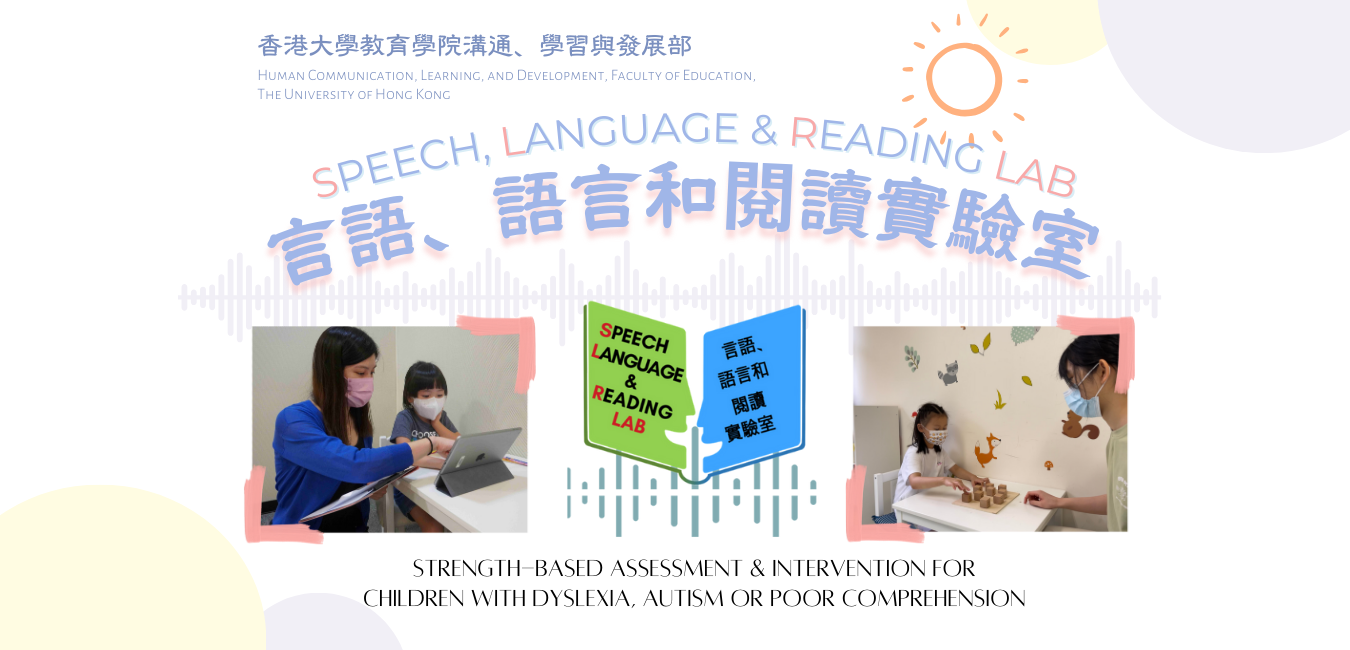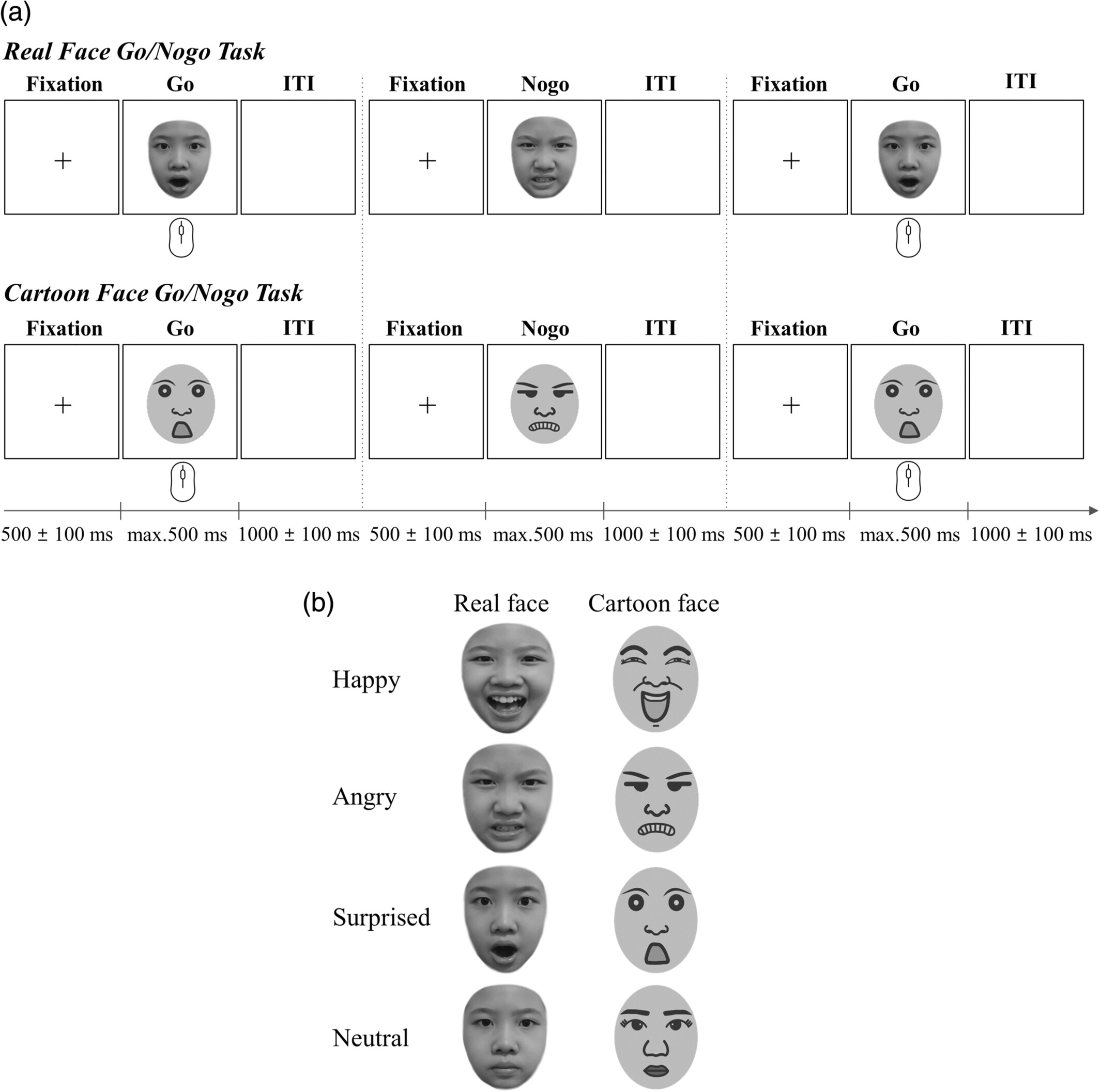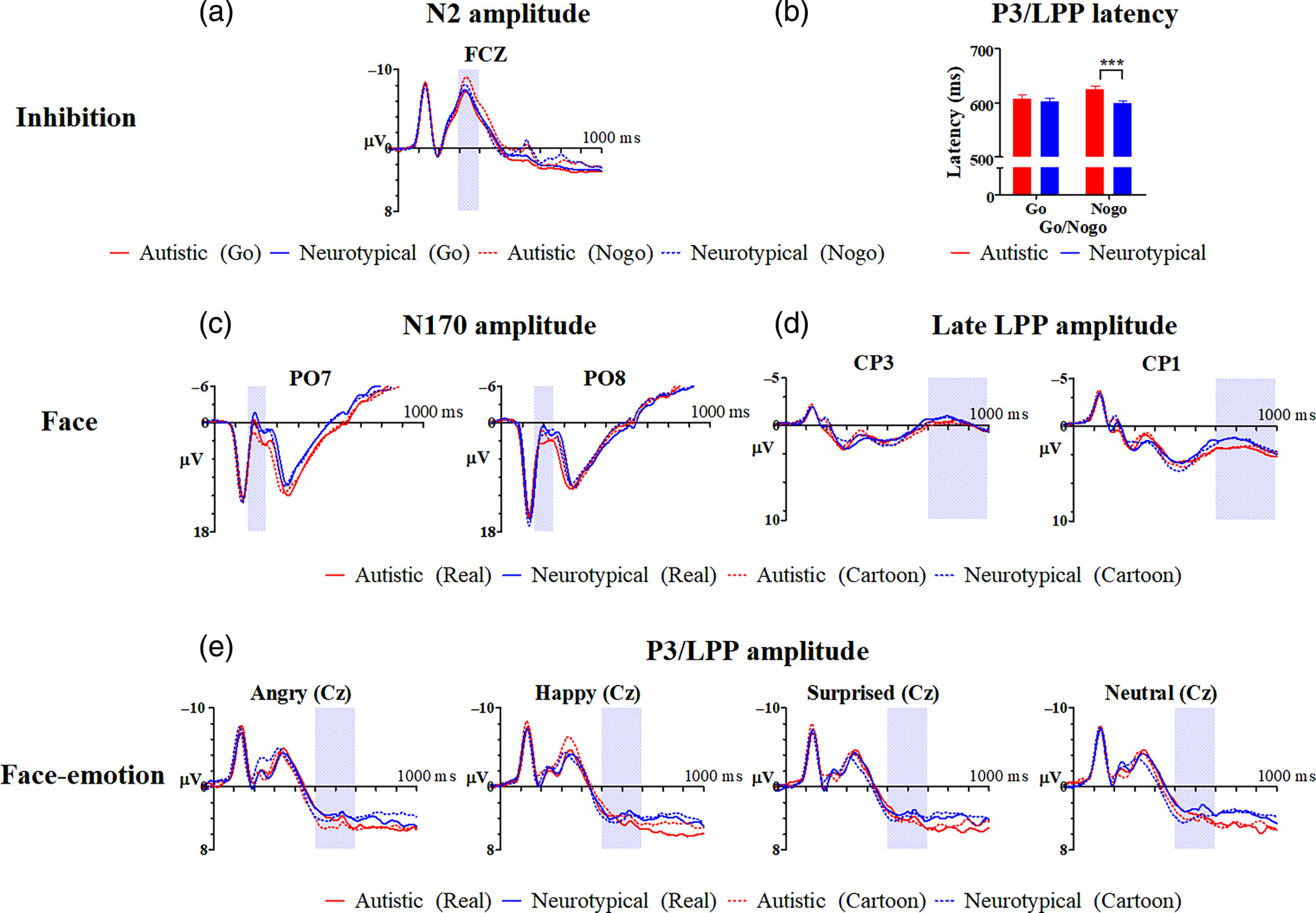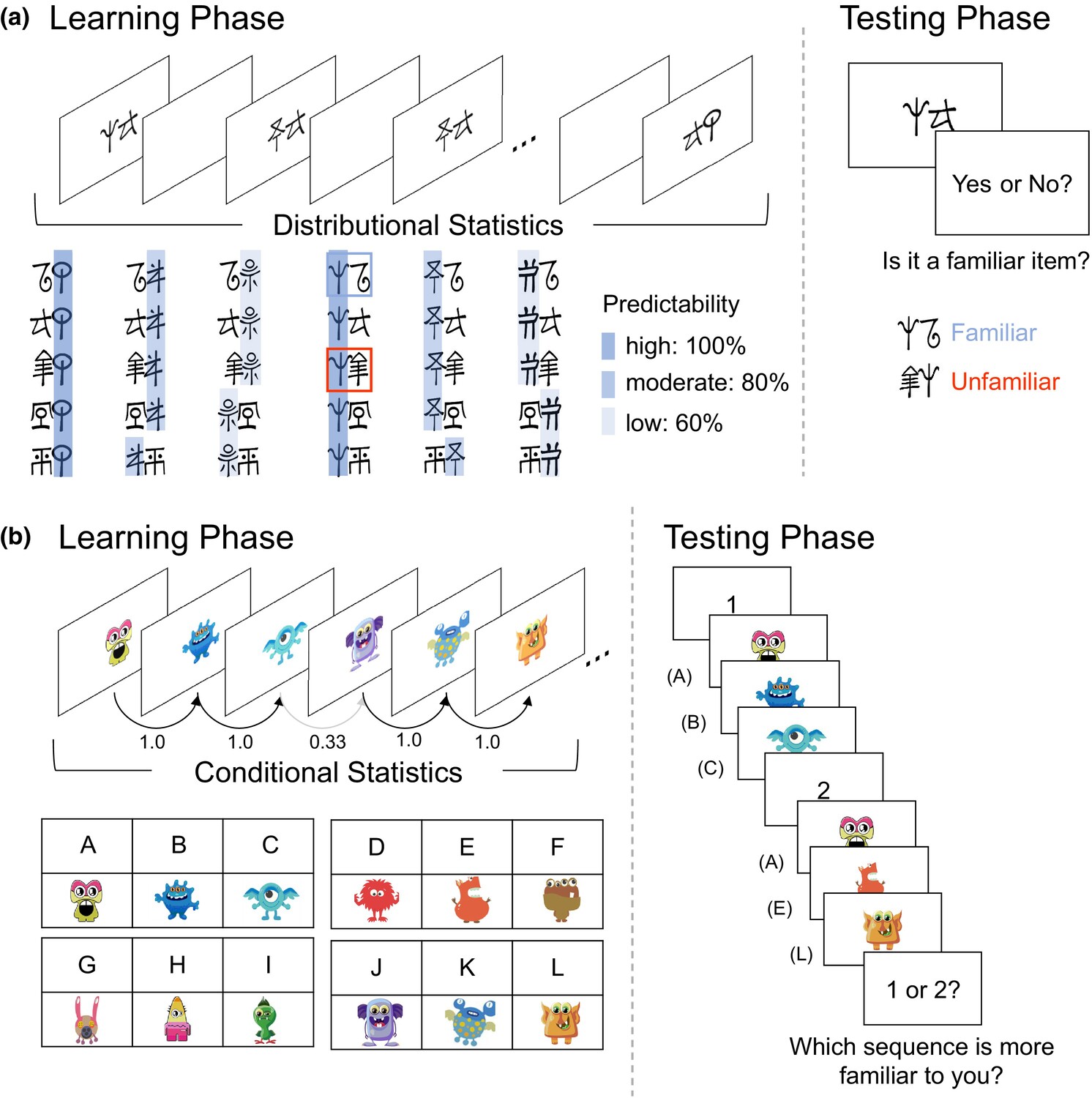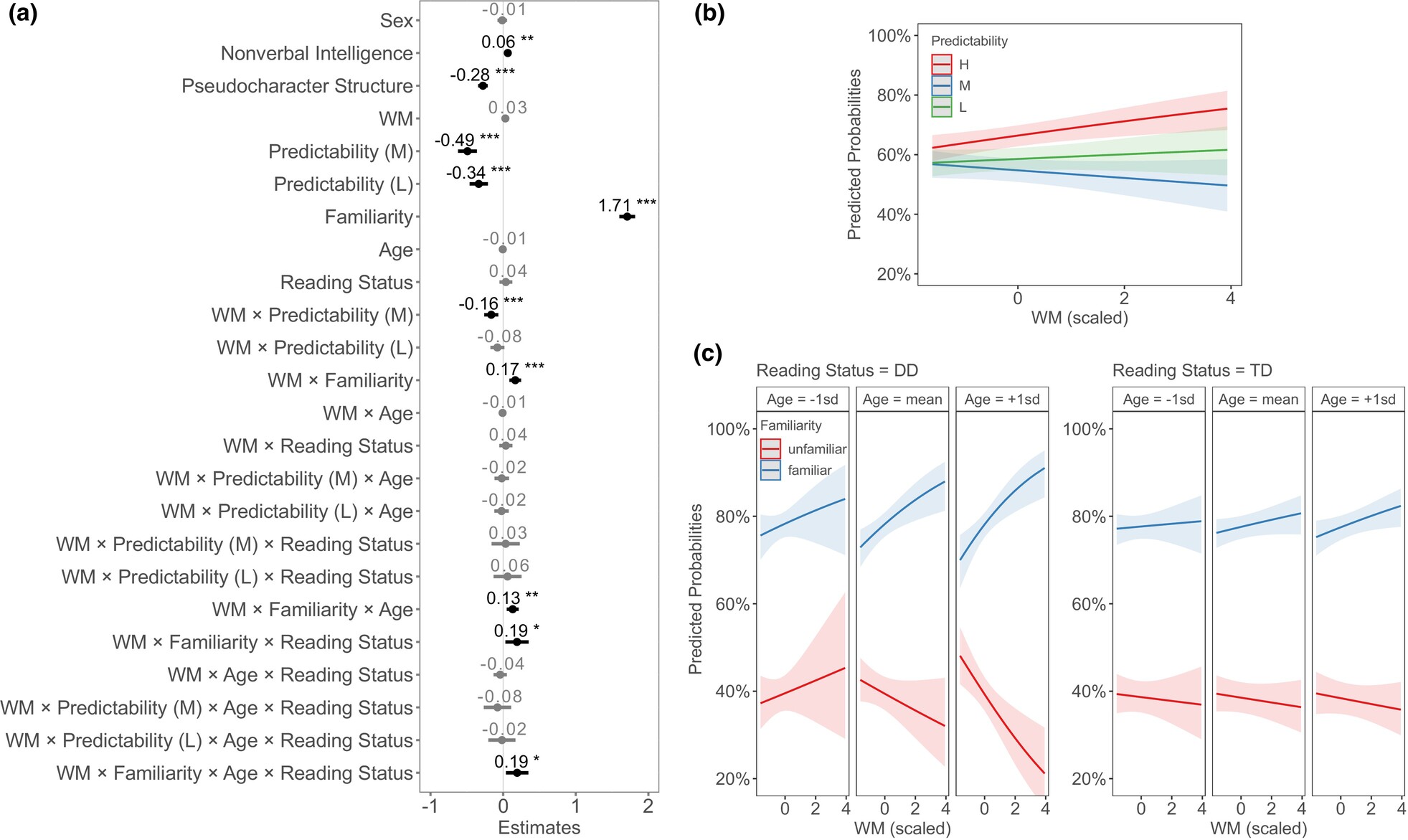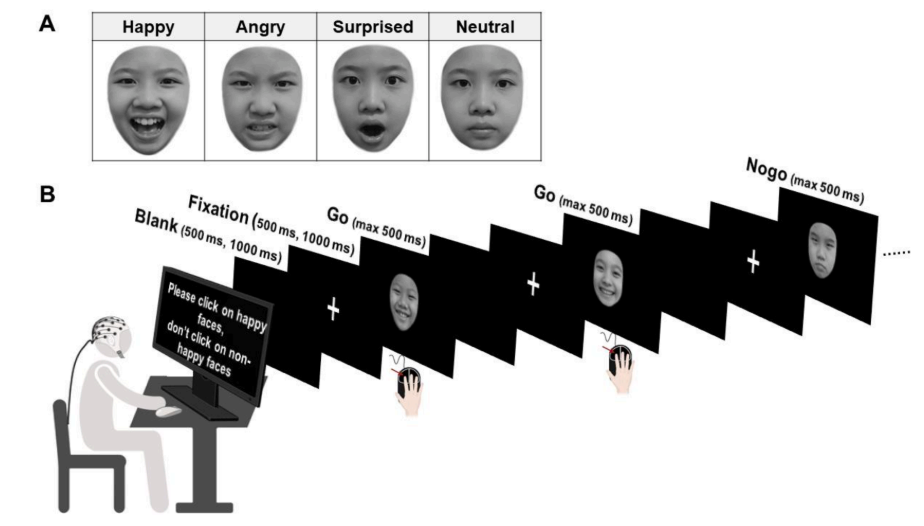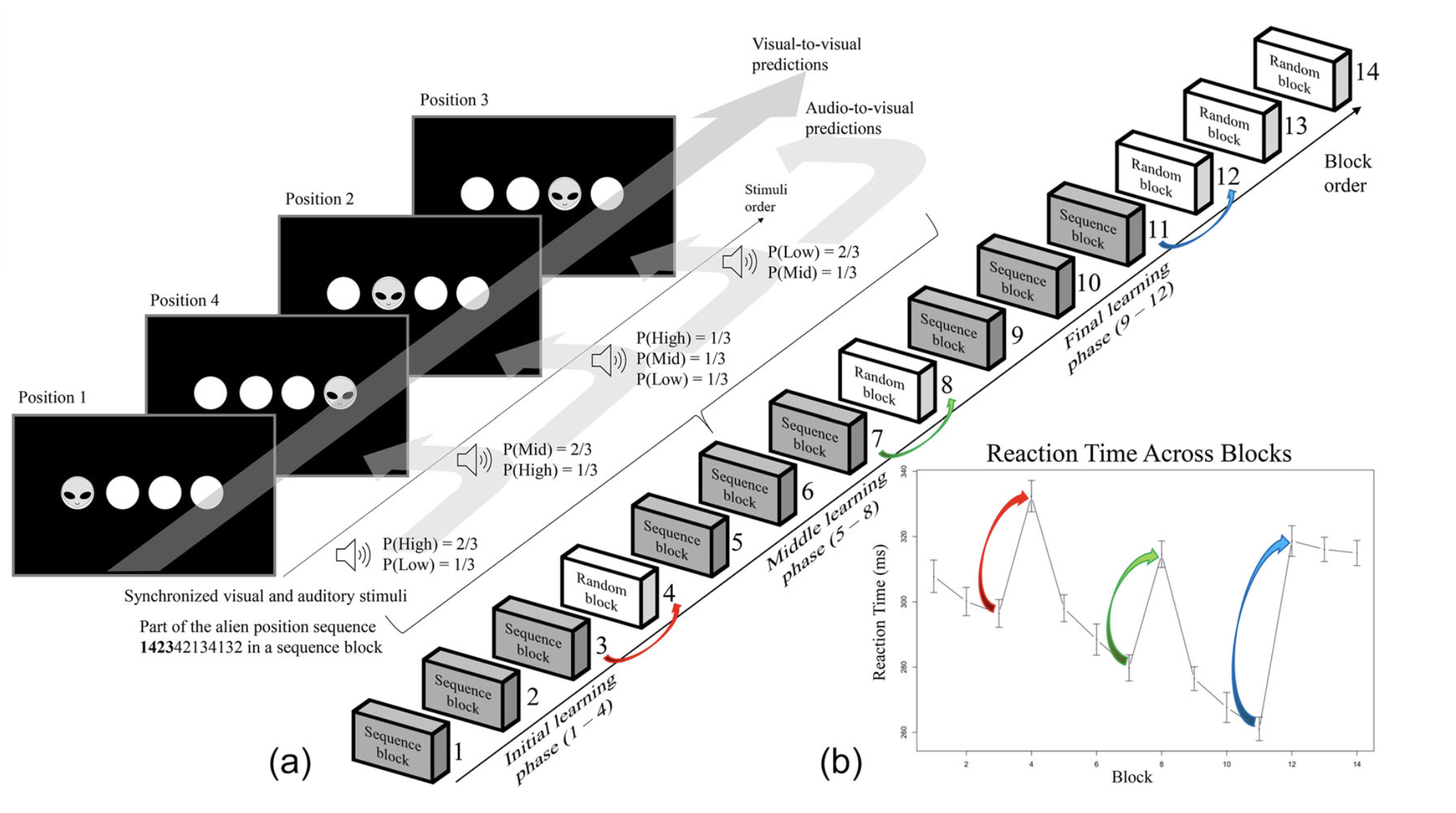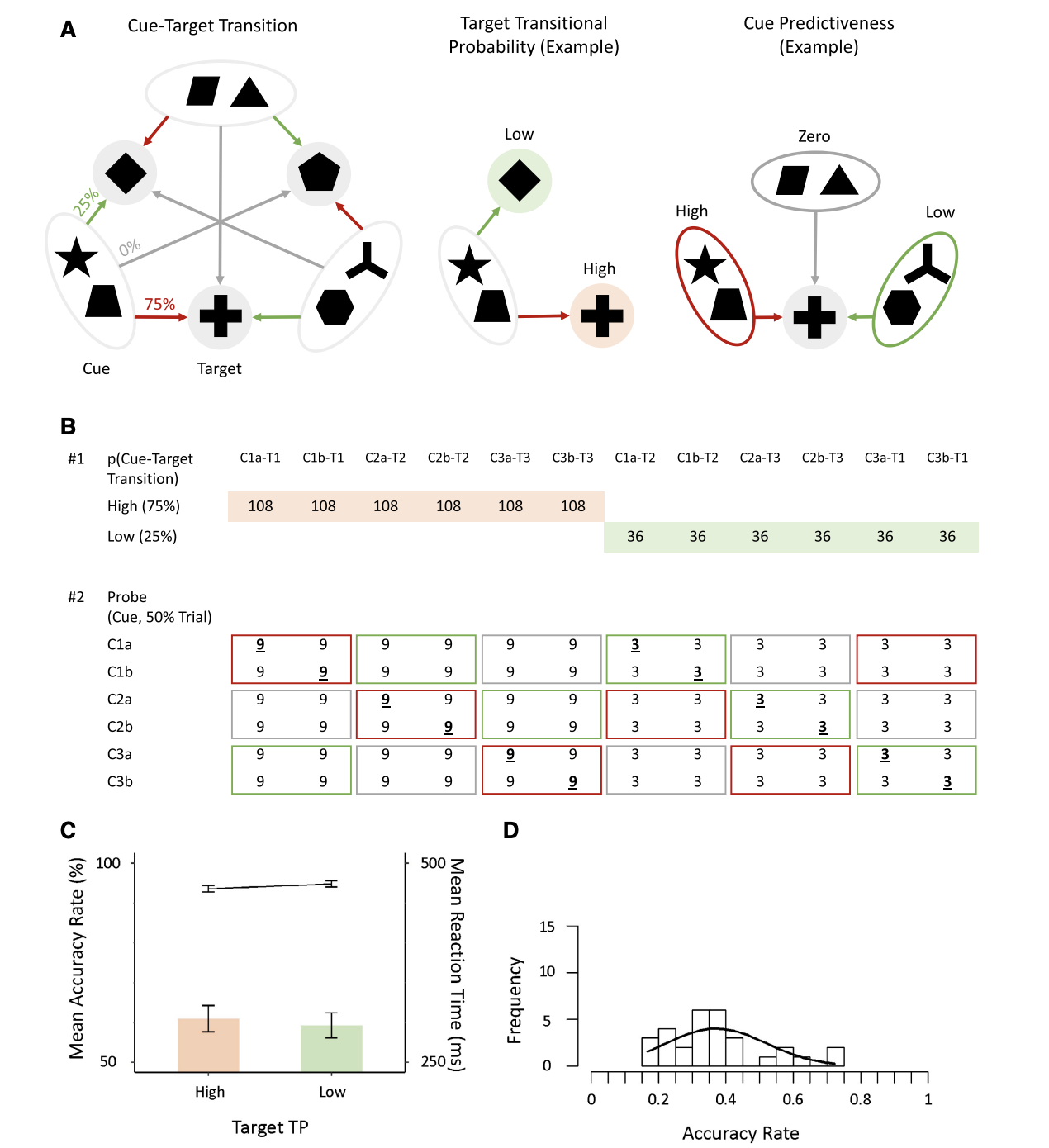March 2025
The Power of Pain: The Temporal-Spatial Dynamics of Empathy Induced by Body Gestures and Facial Expressions
How people process others’ pain, especially when different pain representations were involved? Specifically, our lab’s PhD student Xin Wang examined the shared and distinct neural mechanisms involved in empathy elicited by two pain representations—body gestures and facial expressions. A kinetic pain empathy paradigm was developed to simulate “real-life” scenarios of pain and no-pain experiences through these representations.
Using MVPA (multiple variable pattern analysis) on EEG data, the study explored neural responses to empathy in both temporal and frequency dimensions, identifying unique empathic components for each pain representation. Source localization analysis highlighted a strong activation of the empathy network in response to pained facial expressions, whereas body gestures did not elicit the same response. Additionally, regression analysis revealed that psychological traits—autism traits and pain catastrophizing—significantly contribute to variations in empathic processing. This study has advanced our understanding of the associations between pain and empathy and provided novel experimental paradigm and methodologies to investigate neural mechanisms of pain empathy.
This paper was published in NeuroImage on March 15, 2025, and can be accessed using the following link: https://doi.org/10.1016/j.neuroimage.2025.121148
June 2024
Impaired Inhibitory Control When Processing Real But Not Cartoon Emotional Faces in Autistic Children: Evidence From an Event-Related Potential Study
How does weak inhibitory control impact the socioemotional difficulties experienced by autistic children? By examining the time-course of event-related potentials (ERPs) components associated with inhibition and emotion processing, our lab’s former PhD student Hyun Kyung Rachel Lee explored how inhibitory control is affected by face realism and emotional valence in school-age autistic and neurotypical children.
Our findings revealed that neural mechanisms governing inhibitory control in autistic children function less efficiently and are more disrupted when processing real faces as opposed to cartoon faces. These differences may influence their age-appropriate socio-emotional development.
This paper was published in Autism Research on June 5, 2024, and can be accessed using the following link: https://doi.org/10.1002/aur.3176
May 2024
Unraveling the Complex Interplay Between Statistical Learning and Working Memory in Chinese Children with and without Dyslexia Across Different Ages
Previous research on individuals with developmental dyslexia has primarily focused on their deficits in reading and learning. However, such deficit-based approach cannot fully capture the complexity related to dyslexia. Our lab’s recent work by current PhD student Mei Zhou who collaborated with former PhD student Puyuan Zhang, shows that children with dyslexia can learn as well as their typically developing peers but use a different strategy. Unlike typically developing children showing a consistent exploitation strategy by using working memory resources to recognize familiar items, children with dyslexia adopt an exploration strategy by utilizing working memory resources to seek similarity between inputs and their long-term representations.
Our results suggest redefining individuals with dyslexia as using a distinct exploration strategy, rather than simply labeling them with “deficits” in reading and learning.
This paper was published in Child Development on May 31, 2024, and can be accessed using the following link: https://doi.org/10.1111/cdev.14121
Temporal Dynamics and Neural Variabilities Underlying the Interplay Between Emotion and Inhibition in Chinese Autistic Children
Autistic children experience difficulties with social interactions and cognitive control, but the underlying neural mechanisms of how their altered neural activation patterns manifest during the interaction between emotion and inhibition remain unexplored. Through single-trial analysis of event-related potentials (ERPs) data collected from 50 autistic and 46 non-autistic children during an emotional Go/Nogo task, our lab’s PhD student Xin Wang demonstrated that autistic children exhibited atypical neural variability patterns during the emotion-inhibition interaction in autistic children. Specifically, autistic children, compared to their non-autistic peers, showed a larger Nogo-N170 to angry faces and an increased Nogo-N170 amplitude variation for happy faces during early visual perception. They also displayed a smaller N200 for all faces and a diminished Nogo-N200 amplitude variation for happy and neutral faces during inhibition monitoring and preparation. During the late stage, autistic children showed a larger posterior-Go-P300 for angry faces and an augmented posterior-Nogo-P300 for happy and neutral faces.
These findings highlight the potential of combining non-invasive neurophysiological technique with single-trial analysis to more precisely understand the heterogeneity of autistic children in terms of the interplay between inhibition and emotion.
This paper was published in Brain Research on May 29th, 2024, and can be accessed using the following link: https://doi.org/10.1016/j.brainres.2024.149030
April 2024
DysDiTect: Dyslexia Identification Using CNN-Positional-LSTM-Attention Modeling with Chinese Dictation Task
Chinese dyslexic children often write with frequent errors, including reversed characters and substitution of radicals. Then, is it possible to use deep learning model to identify the patterns exhibited by these children? Our lab’s machine learning and dyslexia work by graduate student Hey Wing Liu demonstrated that our new model, DysDiTect, can effectively identify children with dyslexia considering the sequential temporal properties in a Chinese dictation task. Our results revealed the possibilities to discover intrinsic properties in dyslexic writings, and enabled fast and accurate predictions of children at risk of dyslexia.
This paper was published in Brain Sciences on April 29th, 2024, and can be accessed using the following link: https://doi.org/10.3390/brainsci14050444
Unraveling Temporal Dynamics of Multidimensional Statistical Learning in Implicit and Explicit Systems: An X-Way Hypothesis
Our brains receive different kinds of information every second, where patterns exist. Have you wondered how we efficiently process tremendous information from the environment and adapt to the patterns? Using a novel multidimensional statistical learning task, the work of Dr. Stephen Man Kit Lee, a postdoctoral fellow in our SLR lab, demonstrated that humans can simultaneously acquire multiple regularities in different stages.
The experimental findings were integrated into a new hypothesis explaining the mechanisms underlying multidimensional statistical learning.
This paper was published in Cognitive Science on April 2nd, 2024, and can be accessed using the following link: http://dx.doi.org/10.1111/cogs.13437
November 2023
Cue Predictiveness and Uncertainty Determine Cue Representation During Visual Statistical Learning
Our SLR lab’s PhD student, Puyuan's work was featured on the cover page of Learning & Memory. Please check out Puyuan's paper titled "Cue Predictiveness and Uncertainty Determine Cue Representation During Visual Statistical Learning"!
In this paper, Puyuan developed a novel probabilistic cueing-validation paradigm and demonstrated that input uncertainty regulates the operation of exploration-like (relatively implicit) and exploitation-like (relatively explicit) cue processing during visual statistical learning.
Thanks to Mei Zhou, Arpitha Vasudevamurthy, and Stephen Man Kit Lee for the great illustration of the cover page!
This paper was published in Learning & Memory in 2023, and can be accessed using the following link: http://www.learnmem.org/cgi/doi/10.1101/lm.053777.123
